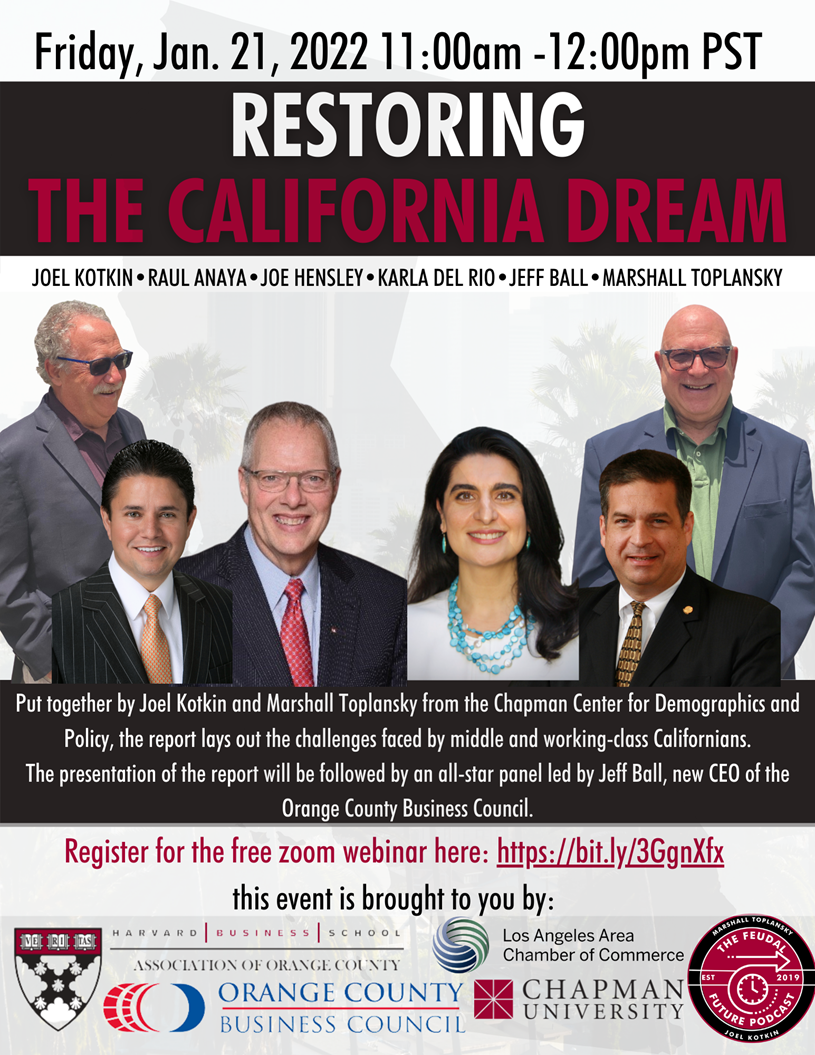The Austin Business Journal reports that Meta (former Facebook) has leased all 33 office floors of the under construction Sixth and Guadeloupe Tower, which is due to open in 2023. The building will be Austin’s tallest building, at 66 floors and a height of 873 feet and is located downtown.
This will make the building the fifth tallest in Texas, behind the Houston’s JP Morgan Chase Tower (former Texas Commerce Bank), the Wells Fargo Plaza, and the Williams Tower, the tallest building in the United States outside a central business district (located in the Houston Galleria). One downtown Dallas building is also taller, the Bank of America Tower, which ranks third in the state, following Wells Fargo Plaza.
The building is mixed use and will have 349 residential units. It will be interesting to see how many Facebook employees will be able to afford living in the building, which would eliminate physical commuting almost as much as remote work.
Downtown Austin is developing rapidly and now is indicated by Cushman and Wakefield to have about 13 million square feet of office space (before Sixth and Guadeloupe), about equal to Cincinnati’s strong central business district. In this regard, Austin is following earlier models of dense downtown development in Calgary and Charlotte.
Downtown Austin is experiencing a building boom, which as of 2022 will have opened 15 buildings 400 feet high or more since 2010, when there were only four. In addition to the Sixth and Guadeloupe Tower, there are a number of new residential buildings planned for the Rainey Street District, adjacent on the east to downtown.
Austin was the fastest growing among the 56 major metropolitan areas (more than 1,000,000 population) in each of the last two decades. From 2010 to 2020, Austin added 567,000 residents, a 33% increase. Austin attracted 337,000 net domestic migrants between 2010 and 2020. This is more than all major metropolitan areas except for Dallas-Fort Worth, which is three times as large, and Phoenix, which is twice as large. Most of the new Austin residents settled in the suburban counties, which accounted for about two-thirds of the metropolitan area’s net domestic migration.
For decades, Austin has been playing a larger information technology role. Meta lease, and the new downtown “Google Tower” (Block 185) add significantly to this development.
Wendell Cox is principal of Demographia, an international public policy firm located in the St. Louis metropolitan area. He is a founding senior fellow at the Urban Reform Institute, Houston, a Senior Fellow with the Frontier Centre for Public Policy in Winnipeg and a member of the Advisory Board of the Center for Demographics and Policy at Chapman University in Orange, California. He has served as a visiting professor at the Conservatoire National des Arts et Metiers in Paris. His principal interests are economics, poverty alleviation, demographics, urban policy and transport. He is co-author of the annual Demographia International Housing Affordability Survey and author of Demographia World Urban Areas.
Mayor Tom Bradley appointed him to three terms on the Los Angeles County Transportation Commission (1977-1985) and Speaker of the House Newt Gingrich appointed him to the Amtrak Reform Council, to complete the unexpired term of New Jersey Governor Christine Todd Whitman (1999-2002). He is author of War on the Dream: How Anti-Sprawl Policy Threatens the Quality of Life and Toward More Prosperous Cities: A Framing Essay on Urban Areas, Transport, Planning and the Dimensions of Sustainability.













